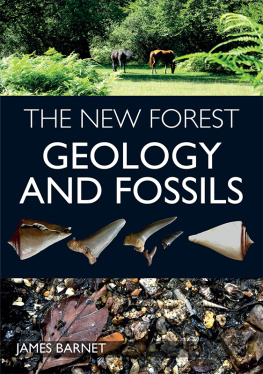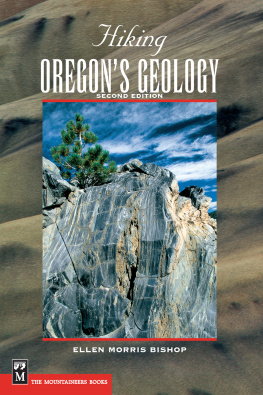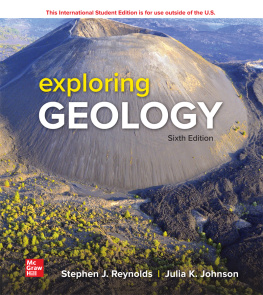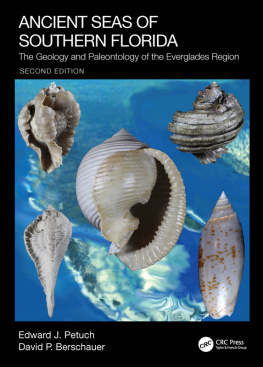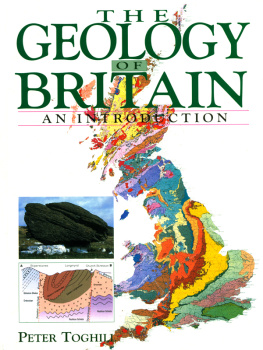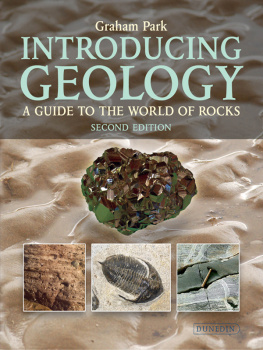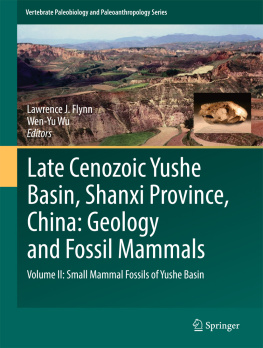JAMES BARNET - NEW FOREST : geology and fossils.
Here you can read online JAMES BARNET - NEW FOREST : geology and fossils. full text of the book (entire story) in english for free. Download pdf and epub, get meaning, cover and reviews about this ebook. City: S.l., year: 2021, publisher: THE CROWOOD PRESS LTD, genre: Children. Description of the work, (preface) as well as reviews are available. Best literature library LitArk.com created for fans of good reading and offers a wide selection of genres:
Romance novel
Science fiction
Adventure
Detective
Science
History
Home and family
Prose
Art
Politics
Computer
Non-fiction
Religion
Business
Children
Humor
Choose a favorite category and find really read worthwhile books. Enjoy immersion in the world of imagination, feel the emotions of the characters or learn something new for yourself, make an fascinating discovery.
- Book:NEW FOREST : geology and fossils.
- Author:
- Publisher:THE CROWOOD PRESS LTD
- Genre:
- Year:2021
- City:S.l.
- Rating:4 / 5
- Favourites:Add to favourites
- Your mark:
- 80
- 1
- 2
- 3
- 4
- 5
NEW FOREST : geology and fossils.: summary, description and annotation
We offer to read an annotation, description, summary or preface (depends on what the author of the book "NEW FOREST : geology and fossils." wrote himself). If you haven't found the necessary information about the book — write in the comments, we will try to find it.
NEW FOREST : geology and fossils. — read online for free the complete book (whole text) full work
Below is the text of the book, divided by pages. System saving the place of the last page read, allows you to conveniently read the book "NEW FOREST : geology and fossils." online for free, without having to search again every time where you left off. Put a bookmark, and you can go to the page where you finished reading at any time.
Font size:
Interval:
Bookmark:

THE NEW FOREST
GEOLOGY
AND FOSSILS
JAMES BARNET

First published in 2021 by
The Crowood Press Ltd
Ramsbury, Marlborough
Wiltshire SN8 2HR
www.crowood.com
This e-book first published in 2021
James Barnet 2021
All rights reserved. This e-book is copyright material and must not be copied, reproduced, transferred, distributed, leased, licensed or publicly performed or used in any way except as specifically permitted in writing by the publishers, as allowed under the terms and conditions under which it was purchased or as strictly permitted by applicable copyright law. Any unauthorised distribution or use of this text may be a direct infringement of the authors and publishers rights, and those responsible may be liable in law accordingly.
British Library Cataloguing-in-Publication Data
A catalogue record for this book is available from the British Library.
ISBN 978 1 78500 817 7
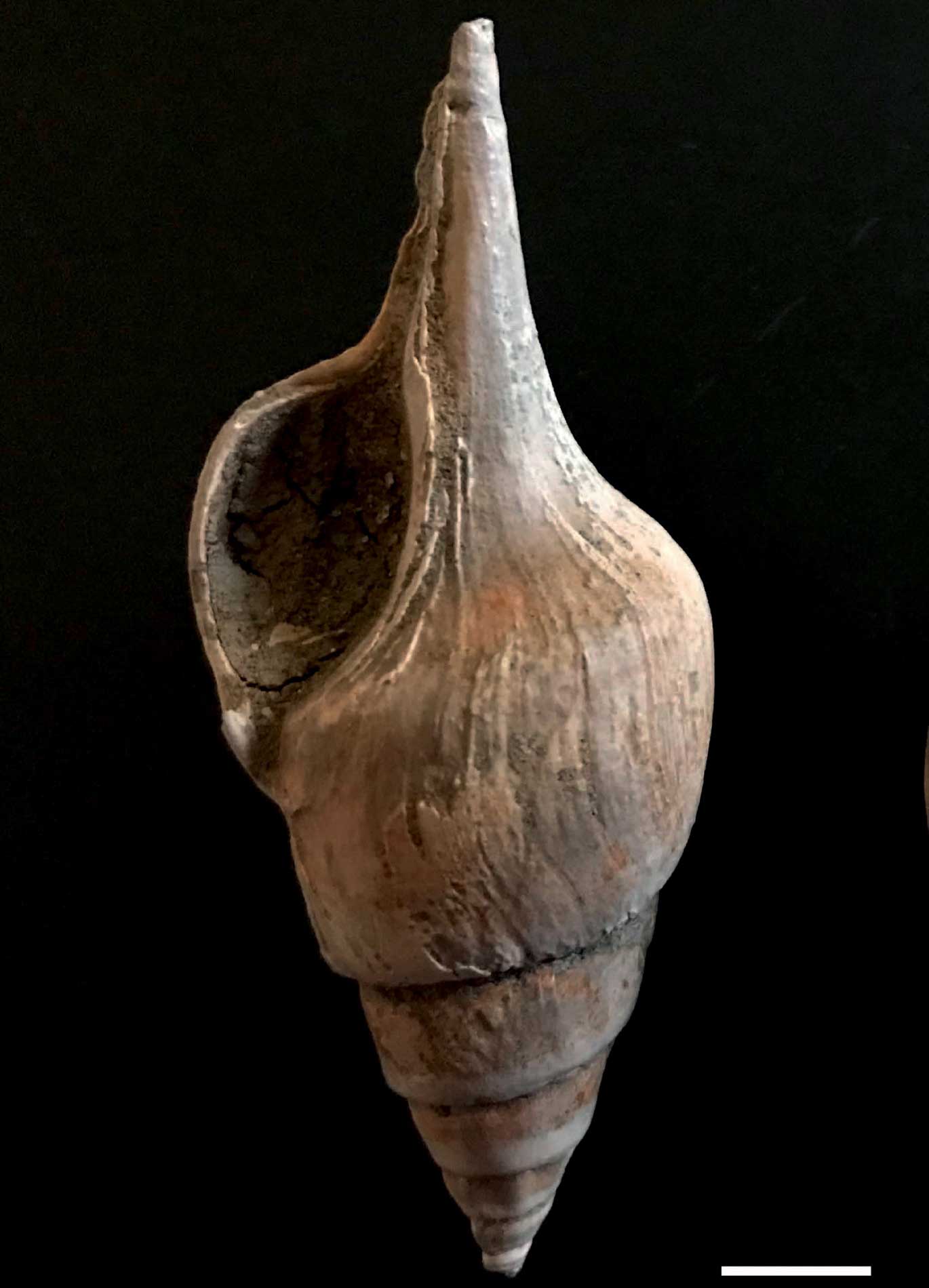
Dedication
This book is dedicated to my father (Douglas Barnet), mother (Shirley Barnet), brother (Peter Barnet) and grandmother (Daphne Pratley), who accompanied me on many of my early fossil hunting expeditions in the New Forest area and along the Jurassic coast.
About the Author
James Barnet was born on 9 August 1986 and grew up in Bramshaw in the New Forest. He became interested in geology and fossil hunting from an early age after discovering fossil seashells and sharks teeth in a local riverbed with his parents at the age of four, just a ten-minute walk from his home. The intrigue of how marine fossils were now found on land at a considerable distance from the coastline would lead to a long interest and ultimately a career in geology. He learned about fossiliferous strata of a similar age exposed at Lee-on-the-Solent and Stokes Bay, frequently searching in these localities during visits to see his grandmother in Gosport. As his interest grew, so his fossil hunting travels took him further afield to the cliffs between Highcliffe and Barton-on-Sea, as well as the Jurassic coast. James became a particularly frequent visitor to the fossiliferous cliff sections between Lyme Regis and Seatown, as well as at Kimmeridge Bay and Osmington Mills.
In 2008, James graduated from the University of Southampton with a First Class Masters Degree in Geology. After a six-year stint in the petroleum industry, he then graduated from the University of Exeter in December 2018 with a PhD in Geology. His PhD focused on the evolution of climate and the carbon cycle during a period of major long-term global warming from the end of the Cretaceous to the early Eocene (~6752 million years ago), leading up to the time when the fossils that initially sparked his interest were deposited.
Since November 2019, James has been working as a postdoctoral researcher at the University of St Andrews, where he is constructing a 100-million-year long record of atmospheric carbon dioxide (CO2), spanning the Late Cretaceous to modern times.
This book represents the culmination of almost thirty years of fossil hunting and geological study in and around the New Forest, as well as along the Jurassic coast.
Dr James S.K. Barnet (PhD, MCSM, MSci, FGS)
Introduction and Aims of this Book
The New Forest is predominantly located in south-western Hampshire, although its northern margin crosses over the county boundary into south-eastern Wiltshire (). Designated a national park in 2005, it has long been a popular and unique area for visitors to walk and explore in the company of animals such as New Forest ponies, deer, donkeys, pigs and cows. Whilst appearing to roam wild across the area, these animals (with the exception of the deer) are owned by local people who have grazing rights within the national park, known as commoners.
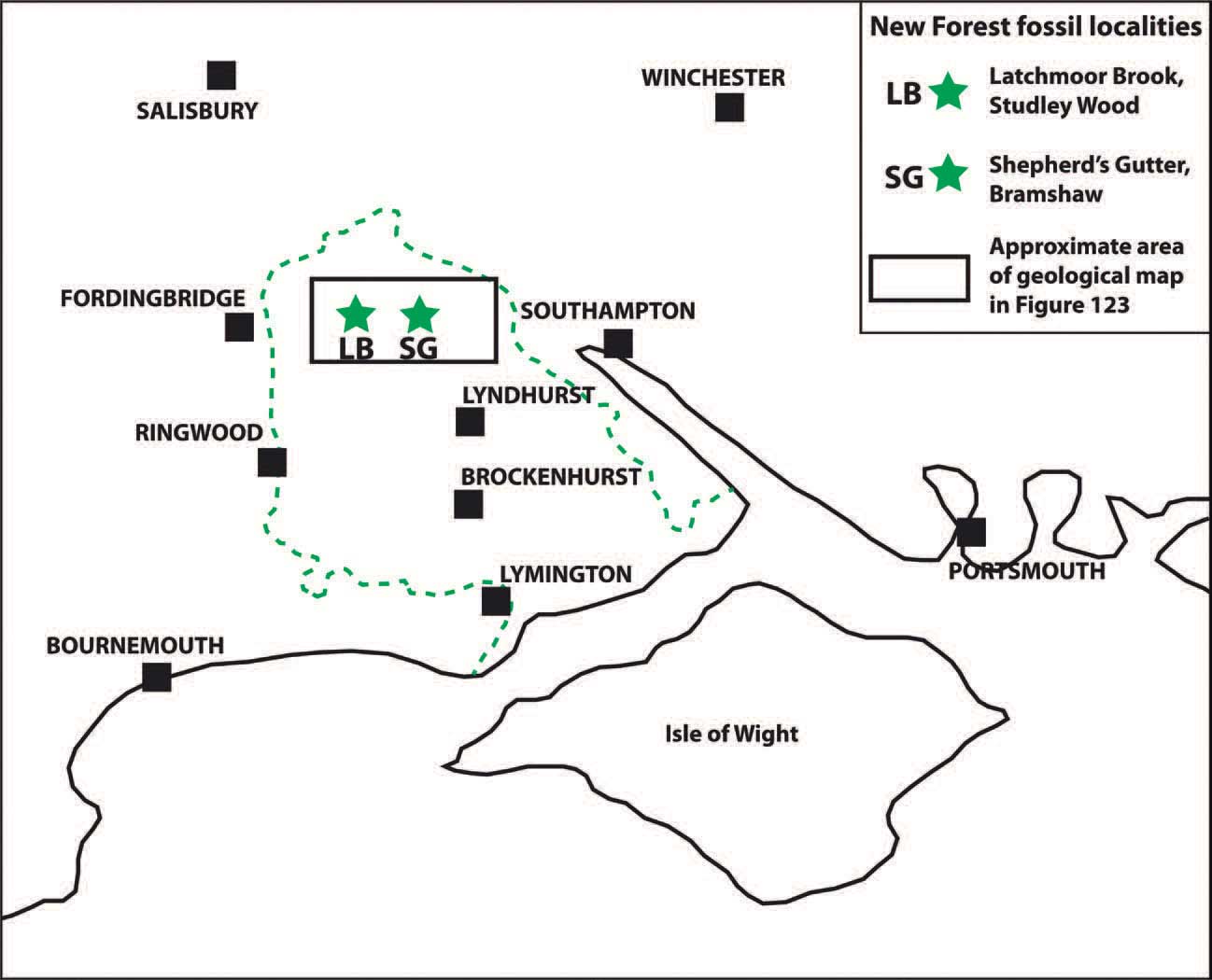
Fig. 1. Location map of the New Forest National Park. The two principal fossil localities within the national park are also indicated.
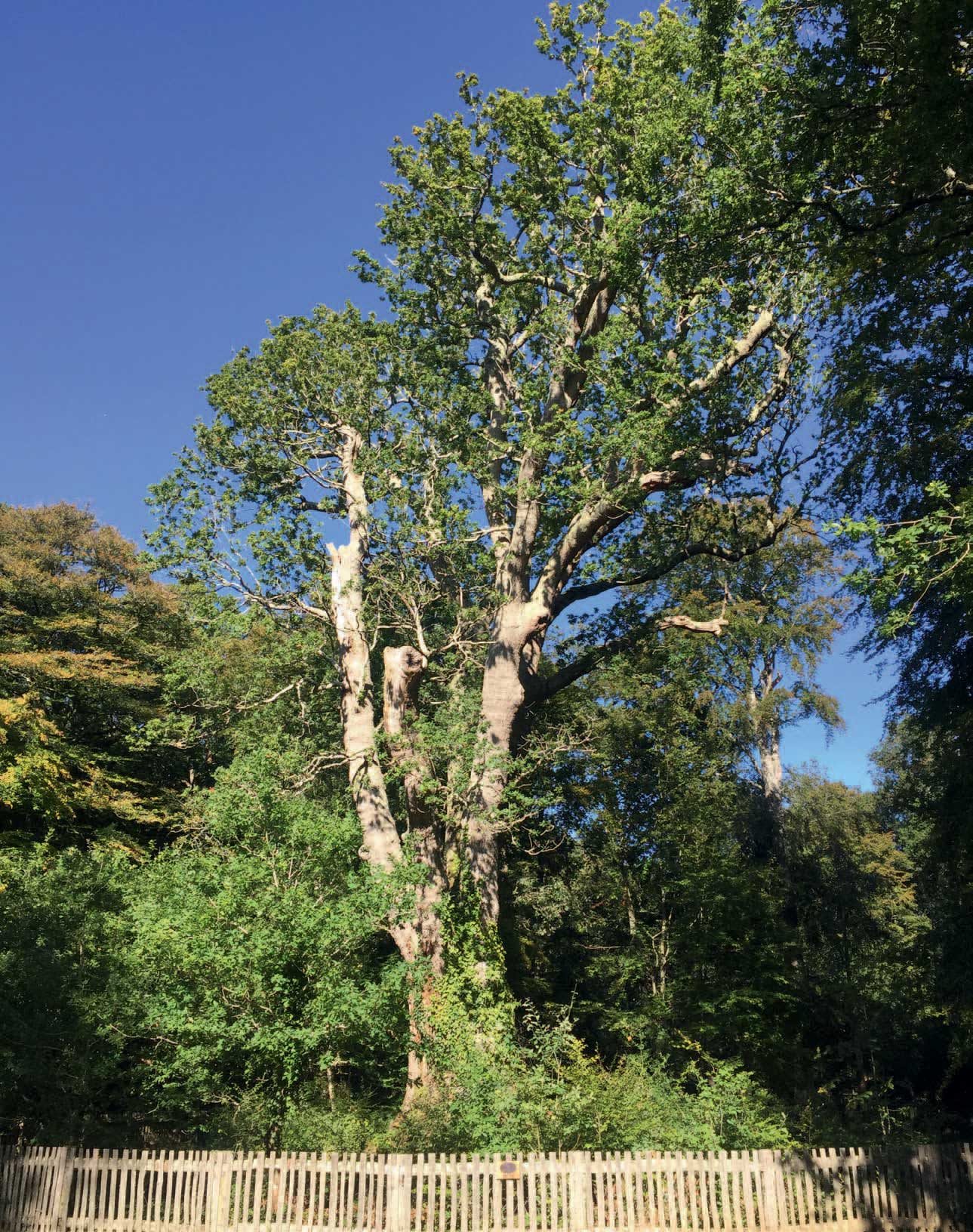
Fig. 2. The Knightwood Oak is over 500 years old and as the oldest tree in the New Forest has probably experienced a lot of change in its time. However, geological time is vast and the local fossils are over 40 million years old, providing evidence for a very different climate and environment within this area.
The native ancient forests of the New Forest are predominantly composed of oak and beech, with holly as the most abundant form of scrub vegetation. Indeed, the Knightwood Oak to the south-west of Lyndhurst is believed to be the oldest tree in the New Forest at over 500 years old (However, younger almost monospecific inclosures composed of pine, sequoia, silver birch and fir have also been planted. Scattered sweet chestnut, horse chestnut, rowan, ash, yew, alder, maple and crab apple also occur. These forests are managed by the Forestry Commission, the governmental department responsible for managing forested areas across England.
Although known as the New Forest, the approximately 565sq km of the national park are also home to significant areas of open heathery or grassy moorland and farmland. The New Forest boasts more valley mires than the rest of England and western Europe put together, and is home to many rare and endangered wetland species, along with carnivorous plants such as the sundew (Drosera sp.). The underlying geology also plays an important role for the plant species that thrive in the national park, with much of the area characterized by acidic, nutrient-poor, clayey soils with low permeability that is determined by the predominantly clayey nature of Eocene sediments deposited in the central part of the Hampshire Basin. However, where sandier formations outcrop at the surface, such as in the Lyndhurst area and to the west of the national park around Bournemouth and Ferndown, the soils are sandy and free-draining, with pine trees forming a more significant component of the forest cover. The national park also includes 42km of coastline, comprising flint shingle beaches such as Lepe, along with extensive salt marshes and mudflats around Lymington that are home to many wading bird species.
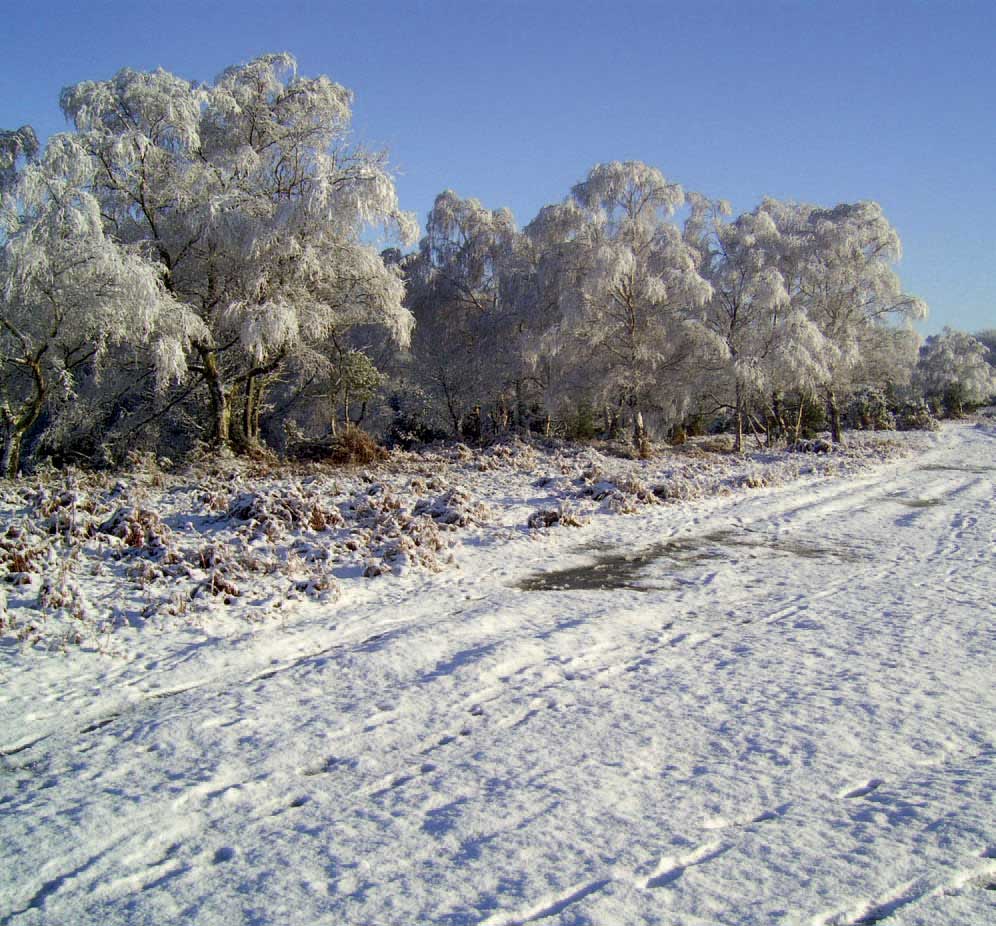
Fig. 3. The highest point in the New Forest, Pipers Wait (129m), during a hard freeze in December 2009.
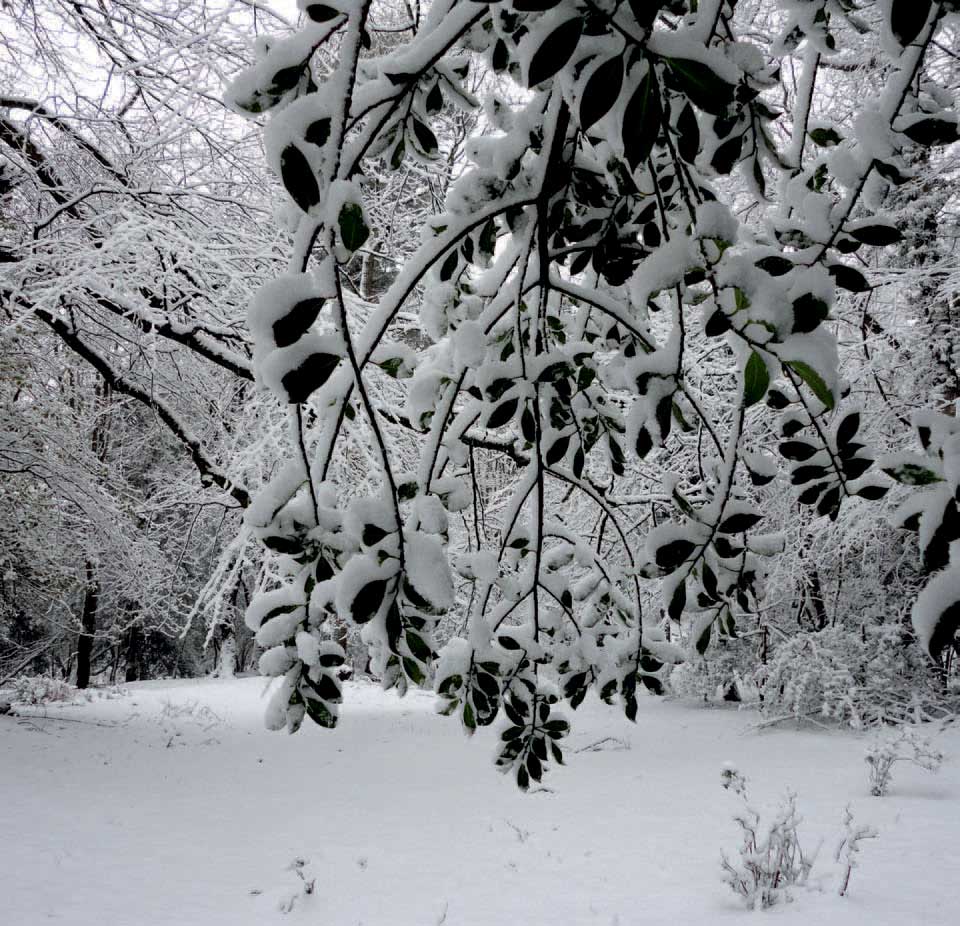
Fig. 4. Fleeting snowfalls, such as this one in January 2013, can transform the New Forest into a transient winter wonderland.

Fig. 5. A heavy snowfall in January 2013 coats every branch in this small pine forest near Telegraph Hill in a wintry white.
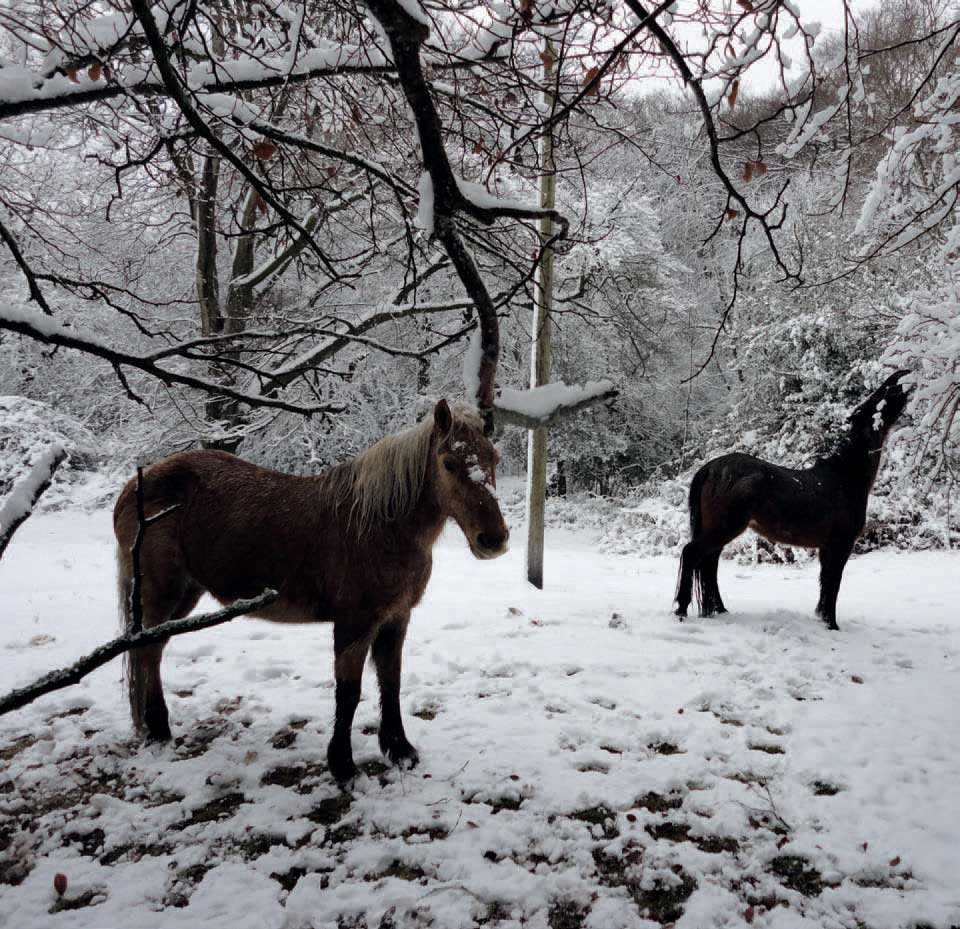
Font size:
Interval:
Bookmark:
Similar books «NEW FOREST : geology and fossils.»
Look at similar books to NEW FOREST : geology and fossils.. We have selected literature similar in name and meaning in the hope of providing readers with more options to find new, interesting, not yet read works.
Discussion, reviews of the book NEW FOREST : geology and fossils. and just readers' own opinions. Leave your comments, write what you think about the work, its meaning or the main characters. Specify what exactly you liked and what you didn't like, and why you think so.

